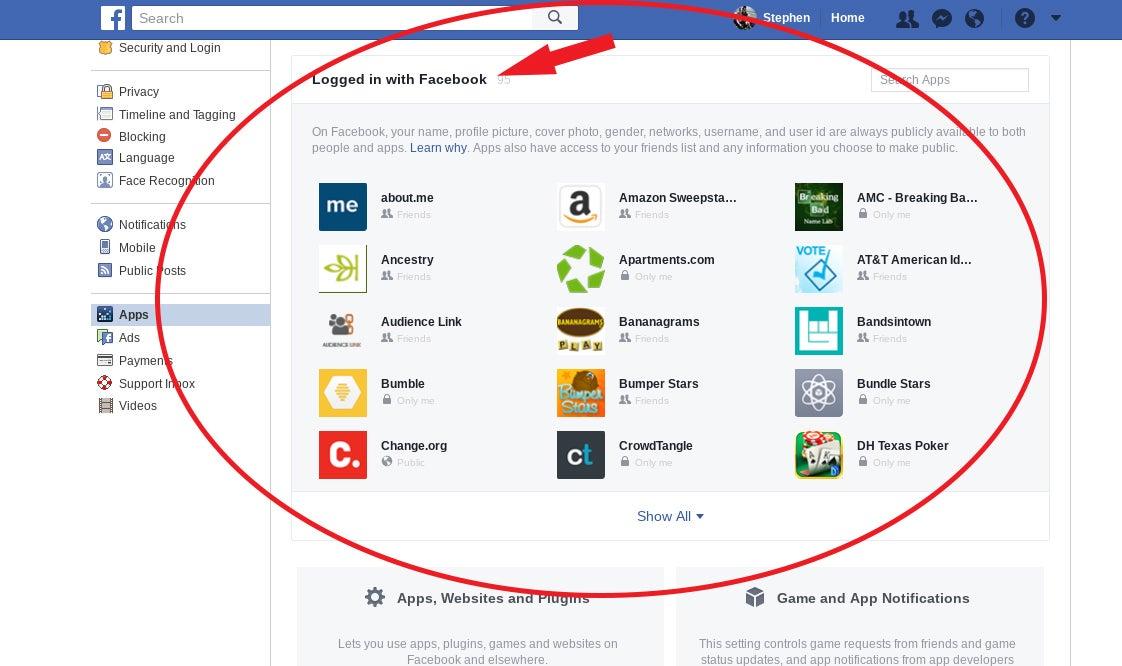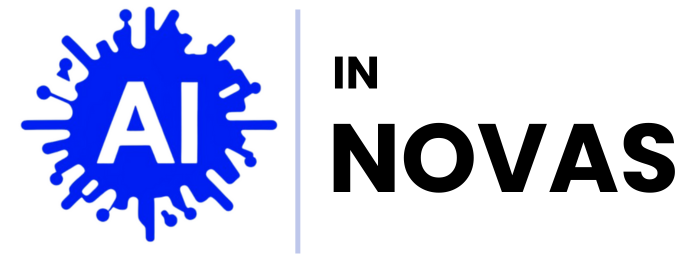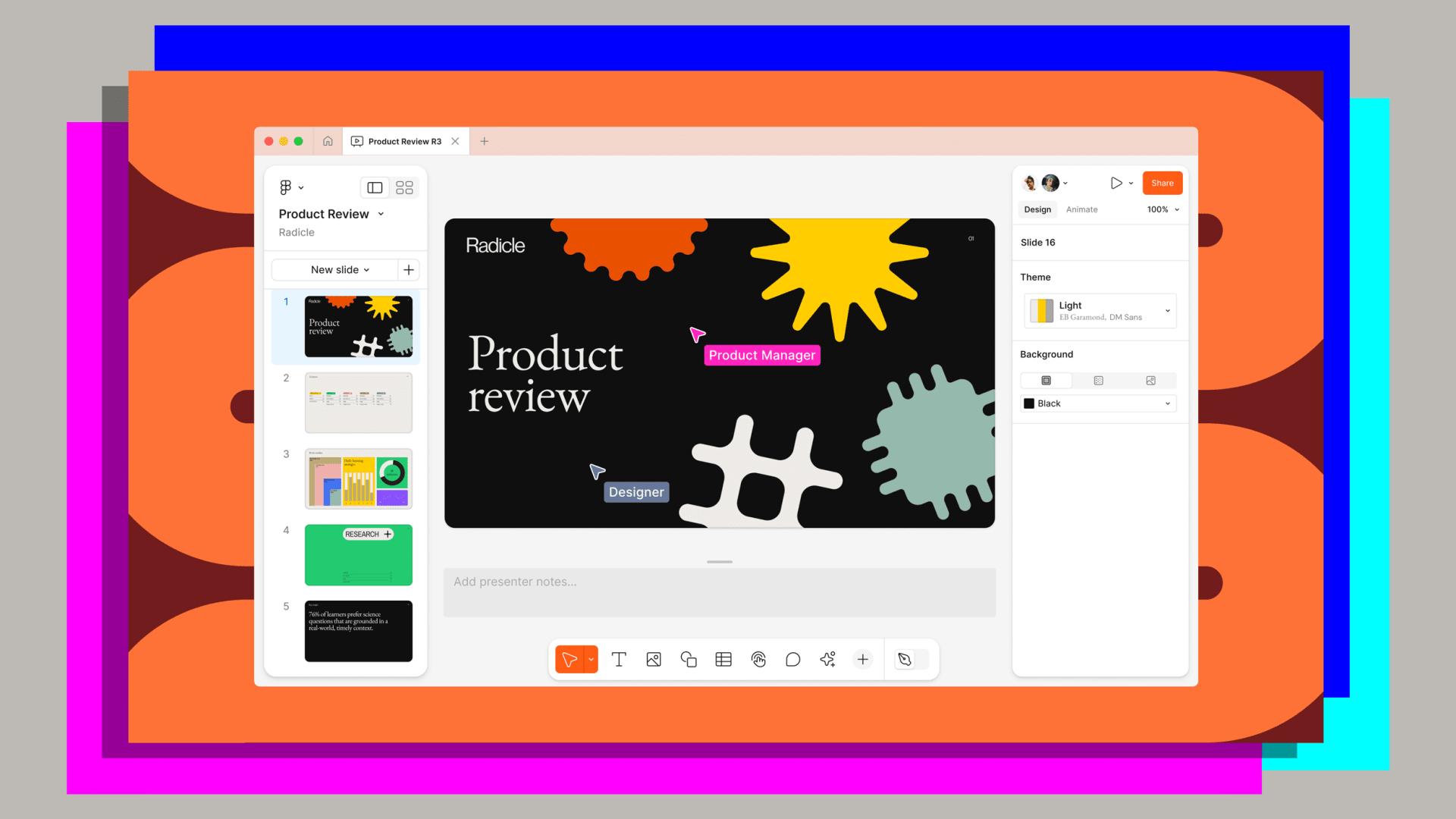In the ever-evolving landscape of digital design, collaboration has emerged as a cornerstone of successful teamwork and innovation. As designers flock to various tools to bring their visions to life, two names consistently rise to the forefront: Figma and Adobe XD. Both platforms boast robust features, user-friendly interfaces, and seamless integration capabilities, but which one truly reigns supreme in the realm of collaborative design? In this article, we’ll dive deep into the strengths and nuances of Figma and Adobe XD, exploring how each tool caters to the dynamic needs of design teams. Whether you’re a seasoned designer or just stepping into the world of collaborative projects, join us as we unravel the intricacies of these powerful design tools and help you determine which one is the best fit for your creative endeavors.
Understanding Collaborative Features in Figma and Adobe XD
When it comes to collaboration, both Figma and Adobe XD offer robust features designed to enhance team productivity and streamline the design process. Figma stands out with its real-time collaboration capabilities, allowing multiple team members to work on a design simultaneously, much like a Google Docs experience. This instant feedback loop not only accelerates the design workflow but also encourages more interactive discussions among team members. Users can leave comments directly on the design files, making it easier to track ideas and suggestions without cluttering communication channels.
| Feature | Figma | Adobe XD |
|---|---|---|
| Real-Time Collaboration | ✔️ | ❌ |
| Commenting System | ✔️ | ✔️ |
| Version Control | ✔️ | ✔️ |
| Prototyping and Sharing | ✔️ | ✔️ |
On the other hand, Adobe XD provides a structured approach to collaboration through its Share for Review feature. This allows designers to send prototypes to stakeholders for feedback, who can then comment on the design without needing extensive design software experience. Additionally, Adobe XD’s integration with other Adobe Creative Cloud applications facilitates a seamless workflow for teams already entrenched in the Adobe ecosystem. While it may not offer the same degree of real-time interaction as Figma, its robust feedback channels ensure that teams can still collaborate effectively and maintain momentum in their projects.

Evaluating User Experience and Interface for Seamless Teamwork
When selecting a design tool for collaborative efforts, it’s crucial to assess how each platform facilitates user interaction and teamwork efficiency. Figma stands out with its real-time collaboration features, allowing multiple users to edit and comment simultaneously. This live interaction enhances engagement, making design iterations swift and seamlessly integrated into the workflow. Users can also take advantage of a variety of built-in commenting tools and version histories, which are essential for tracking changes and receiving feedback without cluttering the design interface.
On the other hand, Adobe XD caters to collaboration through its robust prototyping functionalities and user-friendly sharing options. It offers the ability to share designs with stakeholders directly for feedback while allowing for easy integration with other Adobe Creative Cloud applications. Below is a comparison table summarizing key collaboration features of both tools:
| Feature | Figma | Adobe XD |
|---|---|---|
| Real-time Collaboration | Yes | No |
| Commenting Tool | Integrated | Separate link |
| Version History | Yes | Limited |
| Prototype Sharing | Via link | Easy |

Integrating Third-Party Apps to Enhance Design Workflows
In today’s design landscape, integrating third-party applications has become essential for optimizing workflows and enhancing collaboration. Both Figma and Adobe XD offer compatibility with various plugins and extensions that allow designers to tailor their projects according to their specific requirements. By utilizing platforms like Zapier, teams can automate repetitive tasks, streamline communication, and ensure everyone is on the same page. For instance, integrating tools like Slack or Trello can help designers manage feedback efficiently, making it easier to track changes and tasks within their design iterations.
Moreover, leveraging additional design tools can significantly expand the functionality of both Figma and Adobe XD. Designers might consider integrating resources like InVision for prototyping or Zeplin for handing off designs to developers. These applications provide seamless transitions between various stages of the design process, enhancing both productivity and creativity. Below is a comparison table showcasing some popular third-party integrations:
| Integration | Description | Best For |
|---|---|---|
| InVision | Prototyping and interactive design tools | Visualization and feedback collection |
| Zeplin | Design handoff and developer collaboration | Streamlining development processes |
| Slack | Real-time communication and notifications | Team interactions and updates |
| Trello | Project management and task tracking | Organizing design workflows |

Making the Right Choice: Recommendations for Different Design Needs
When considering a design tool like Figma or Adobe XD, the choice often hinges on specific design needs and team dynamics. For collaborative projects, Figma has established itself as a favorite due to its real-time collaboration features, making it particularly suitable for teams spread across different locations. Users appreciate Figma’s ability to allow multiple designers to work simultaneously on a project, providing immediate feedback and promoting a seamless workflow. This makes it an ideal choice for projects requiring rapid iteration and constant team input.
On the other hand, Adobe XD might be more suitable for projects that demand a robust toolset for more complex design tasks. Creative professionals who are already embedded in the Adobe ecosystem will find it easier to integrate XD with other tools like Photoshop and Illustrator. The emphasis on user experience and prototyping capabilities in Adobe XD allows designers to create highly interactive and detailed prototypes that can be indispensable for showcasing design concepts to stakeholders. To summarize, the choice between these tools can be distilled as follows:
| Design Needs | Recommended Tool |
|---|---|
| Real-Time Collaboration | Figma |
| Complex Prototyping | Adobe XD |
| Integration with Adobe Suite | Adobe XD |
| Cross-Platform Usability | Figma |
Final Thoughts
In the ever-evolving landscape of digital design, the battle between Figma and Adobe XD serves as a testament to the power of collaboration. Both tools bring unique strengths to the table, each carved from the needs of modern designers navigating complex projects and diverse teams. Figma shines with its browser-based accessibility and real-time teamwork features, making it a natural choice for those who thrive on collective creativity. On the other hand, Adobe XD offers a robust set of tools and deep integration with the Adobe ecosystem, appealing to seasoned designers who crave a more traditional, feature-rich environment.
As we reflect on the nuances of these platforms, it becomes clear that the choice ultimately hinges on your specific workflow and team dynamics. Are you a remote team wishing to break down geographical barriers, or a group of design veterans preferring cohesive Adobe tools? The answer will guide you to the right companion on your design journey.
Ultimately, whether you choose Figma, Adobe XD, or perhaps a blend of both, the essence lies in fostering collaboration and enhancing creativity. So equip yourself with the right tool and let your imagination flourish, for in the world of design, collaboration is not just a feature; it’s the heart of innovation.




